Exploring Slovak Culture Through Its Unique and Festive Traditions

Easter and Christmas are one of the best times to have a look at what the country has to offer in terms of local culture.
Easter
Easter is a significant part of Slovak folklore, blending Christian traditions with older pagan customs that celebrate the arrival of spring. This fusion has created unique and colorful traditions. Today, the most important celebration during Easter is Easter Monday, which features the customs of šibačka (whipping) and polievačka (water pouring).
Early in the morning, boys armed with handmade birch whips, decorated with ribbons, visit homes to gently whip and pour water on the girls. This practice is believed to bring health and prosperity to the girls. In return, the boys receive colored hard-boiled eggs and sweets as gifts.
Easter Monday is one of Slovakia’s most unusual traditions and an interesting story to share with visitors. While it may seem rough on the surface, it’s actually a joyful and fun celebration for the younger generation.

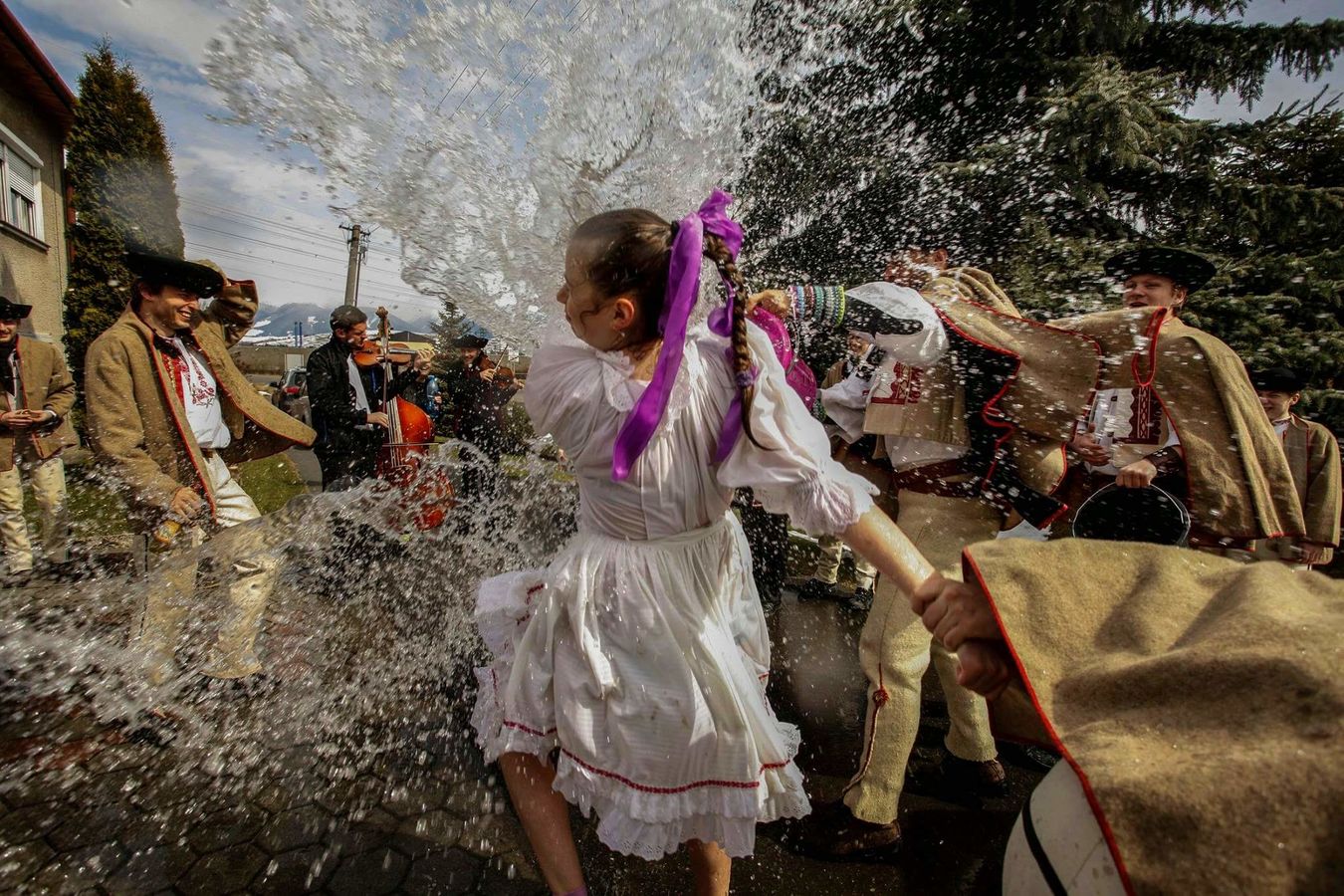
Christmas
Christmas in Slovakia is a cherished season filled with warmth, harmony, and family traditions.
Preparations begin with baking traditional treats like medovníky (gingerbread cookies), linecké koláčiky (Linzer cookies), šuhajdy (chocolate cups), and cakes such as štedrák (with four fillings: jam, poppy seeds, cottage cheese, and nuts) and žĺtkové rezy (walnut yolk slices). Homes are cleaned, gifts are bought, and Christmas markets become a popular gathering spot for family and friends to enjoy vianočný punč (Christmas punch).
Christmas Eve: Štedrý deň
The highlight of Christmas is Christmas Eve, or Štedrý deň, when families come together for a festive dinner and gift exchange. The evening starts with the lighting of the Christmas tree, decorated with ornaments, tinsel, and lights.
The Christmas Eve dinner includes:
- Kapustnica: sauerkraut soup with dried mushrooms and sometimes sausage.
- Potato salad (Zemiakový šalát): dish made from boiled potatoes, usually containing a dressing and a variety of other ingredients such as boiled eggs and raw vegetables.
- Christmas carp: often kept alive in the bathtub until ready to cook, this fish is marinated in milk and cut into horseshoe-shaped pieces, symbolizing good fortune.

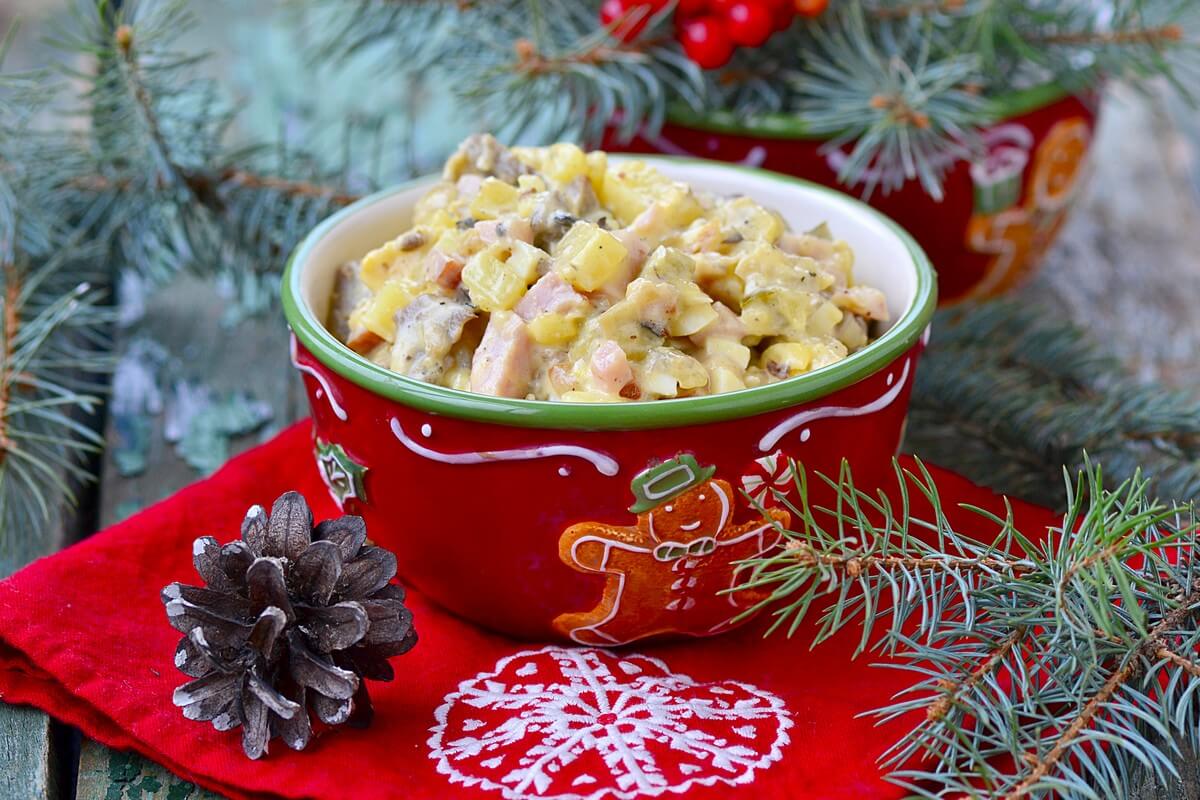
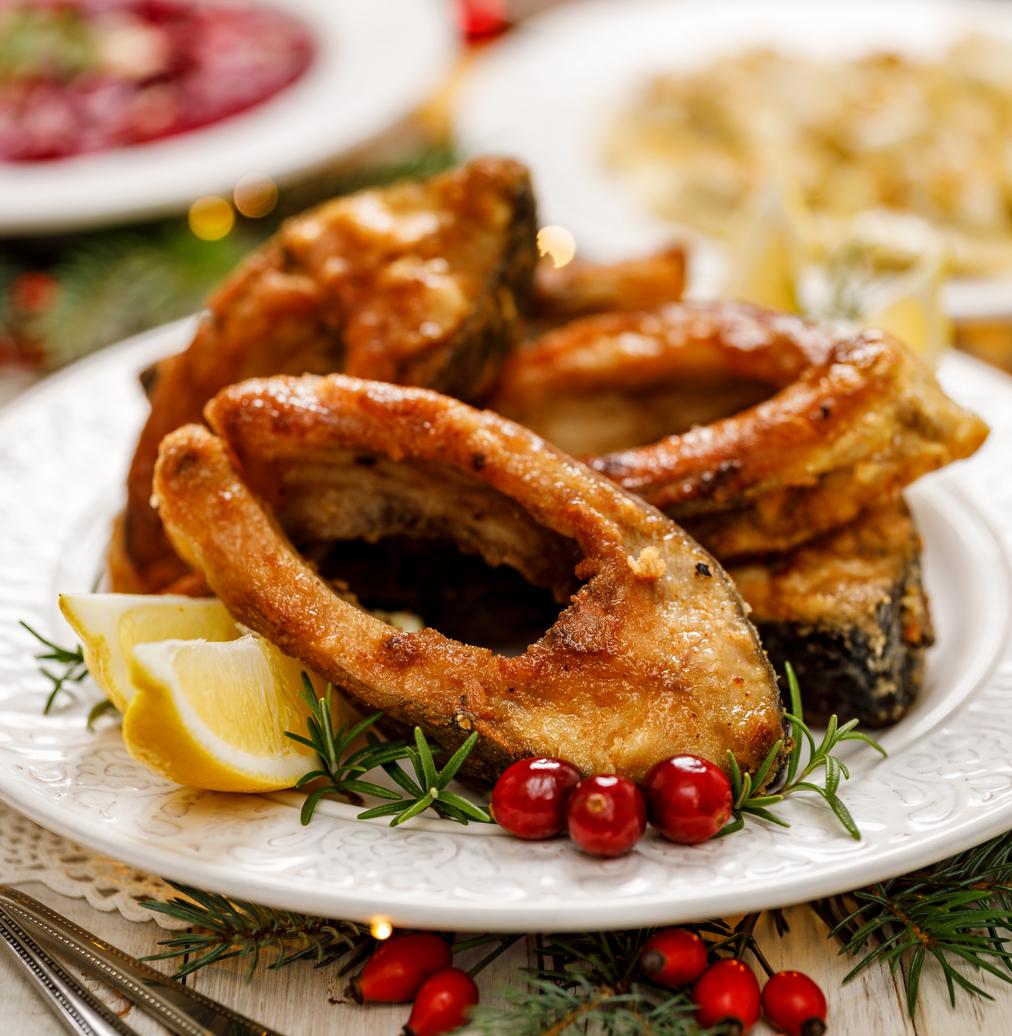
A key moment during the meal is sharing oplatky—thin wafers embossed with religious scenes. Each family member breaks off a piece to share with others, exchanging wishes of love and forgiveness.
The Christmas season continues well past December 25th, with celebrations lasting until Epiphany on January 6th.
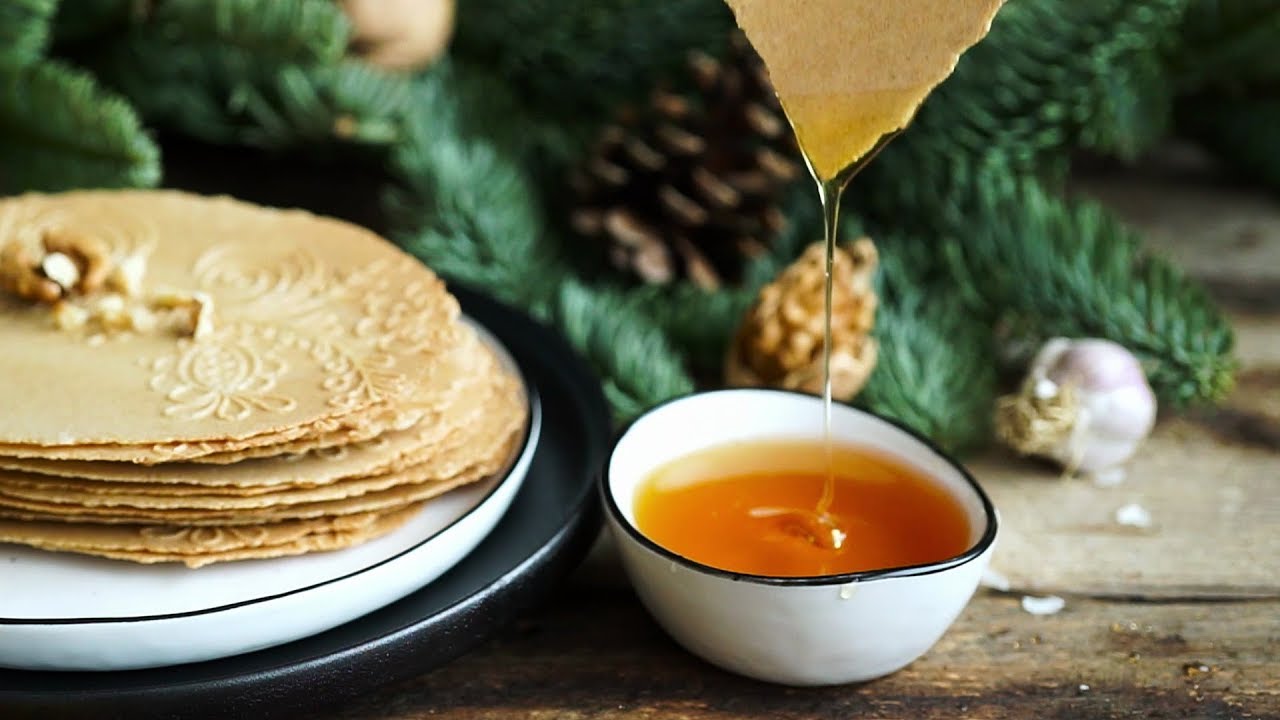
While Christmas and Easter are widely celebrated, Slovakia also boasts unique holidays and customs that set it apart from many other countries.
The Beginning of Summer
The arrival of summer in Slovakia is marked by a lively celebration featuring a vatra—a large bonfire. This tradition, often held in late June, has ancient roots tied to solstice celebrations and the welcoming of the warmer season. Communities gather around the fire, which serves as both a symbol of light and a gathering point for connection and joy.
The celebration is accompanied by music, dancing, and storytelling. People of all ages join in, often forming circles around the fire to dance under the open sky. Traditional Slovak folk music sets the mood, creating an unforgettable festive atmosphere. For many, it’s a time to celebrate both the change of seasons and unity.

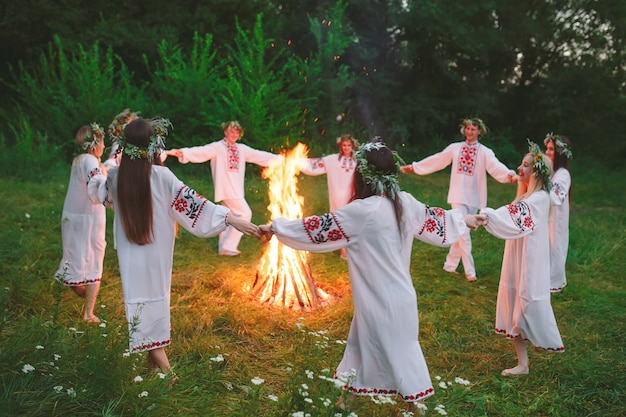
Fašiangy
Another distinctive Slovak tradition is Fašiangy, a vibrant carnival season celebrated in January or February, leading up to Lent. It echoes the medieval European carnival spirit but with a unique Slovak twist.
The highlight of Fašiangy is the series of dance parties, or plesy, held in towns and villages across the country. Guests often wear elegant attire, and some regions incorporate folk costumes, adding a traditional flair to the celebrations.
The season also features masquerade parades, where participants make creative and often humorous costumes. The parades are accompanied by music and dancing, creating a lively and colorful spectacle that attracts locals and visitors alike. Traditional Slovak dishes like šišky (doughnuts) and fánky (fried pastries) are commonly enjoyed during this festive period.
During the carnival period, Slovak folk traditions include weather-related proverbs. For instance, "As will be Fašiangy, then such will be Easter" suggests that the weather during Fašiangy can predict the conditions for Easter. Another saying, "Short Fašiangy – brings strong winter," implies that a brief carnival season may lead to a harsh winter.
To truly experience Slovakia’s authentic culture, a visit during these unique celebrations is a must!





